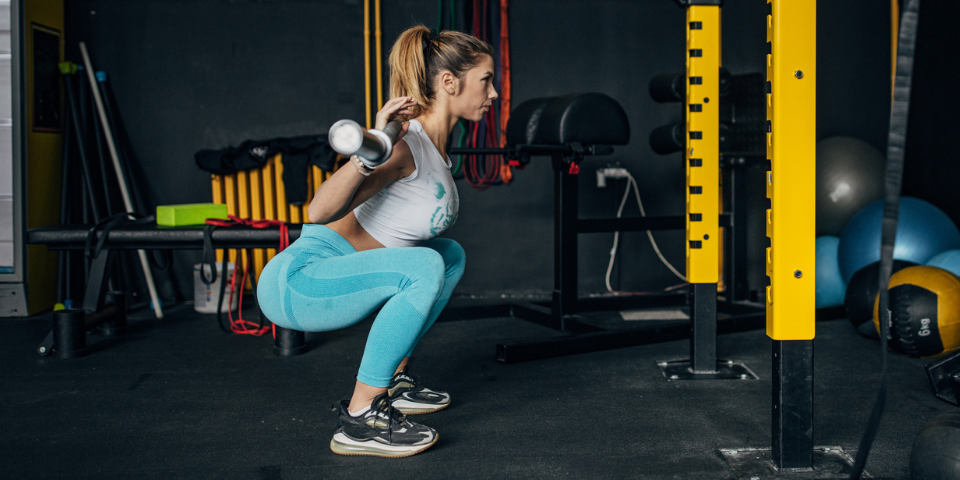[ad_1]
Whether you’re loading a barbell on your back, racking a kettlebell over your shoulders, or warming up with bodyweight squats, one question remains: What is the proper squat depth?
How low you go is as important to your performance, safety and results as how much weight you press, so squat depth should be high on your form checklist. Carol Mack, DPT, CSCSDoctor of physical therapy and strength and conditioning coach. Read on to find out why.
How low should you squat?

Unless you’re a competitive powerlifter whose goal is to squat as much weight as possible, Mac recommends squatting as deep as you comfortably can without sacrificing form. A deep squat helps the muscles burn more efficiently and builds strength over a greater range of motion, which is important if you’re training for anything beyond aesthetics, such as athleticism or everyday function.
But your squat depth will vary based on a few individual factors, such as “whether you have knee, hip, or ankle pain and if you have enough mobility to go deep,” says Mack.
What happens if your knees drift past your toes?
A persistent myth about squat depth is that you should never let your knees go past your toes. While this signal can indicate other form mistakes you’re making — like not bending at the hips — Mack says that if you’re going into a deep squat, especially with activities like powerlifting, your knees will likely go over your toes.
“Don’t worry about your knee coming forward when going past 90 degrees,” she says. “Obviously, don’t force yourself to go deep if you feel pain or tight spots. But if you’re comfortable going deep and you’re listening to your body, it’s okay to go down.”
An alignment tip that helps, he adds, is to look down and make sure your knees are in line with your middle two toes, not out. (Just remember to apply this tip during your warm-up, say, during a PR attempt.)
How can you improve squat depth?

If squat depth is something you struggle with, here are some tricks to help you get down.
1. Focus on your hips
Because squat depth isn’t just about your quads and glutes, focusing on the hips can be a game-changer, Mack says.
Instead of lowering your hips straight down, try sending your hips back a bit — known as hinging — as you lower into your squat. This will help you bend with more hip flexion (aka bringing your knees closer to your chest), which can improve depth.
It’s also important to keep your knees from locking inwards as you drive down to the bottom of your squat and to stand.
“This may require adding hip mobility or strengthening to your routine to improve your squats,” Mack notes. Hip mobility exercises can do more than just help squat depth. They can reduce stress on the body from sitting too much, improve overall flexibility and give you a greater range of motion.
2. Increase ankle mobility
Mack adds that having greater ankle mobility is also important. This aspect of the squat can sometimes be overlooked, but it plays a huge role in helping you go deeper. If you ever feel like your ankle is lifting off the ground while squatting, it’s a sign that you need to improve your mobility.
Ankle strengthening exercises can give you more mobility and stability to support your squats, no matter how deep you go.
3. Strengthen your core
Finally, remember that squats also engage your spine, Mack says.
“Some people have trouble keeping their trunk straight as they go deeper into their squat,” she says. “This can throw off alignment throughout the squat movement. This can happen for many reasons, including mobility, but core strength is a big culprit.”
If you arch your back as you come into the squat, or feel your upper body collapse as you push back to stand, you usually need to integrate more core work into your routine, she suggests.
Fortunately, there are many options for this, and as with other mobility and strengthening choices, you’ll reduce your risk of injury and improve your form for a variety of moves, including the squat.
(translates to tags
[ad_2]
Source link





